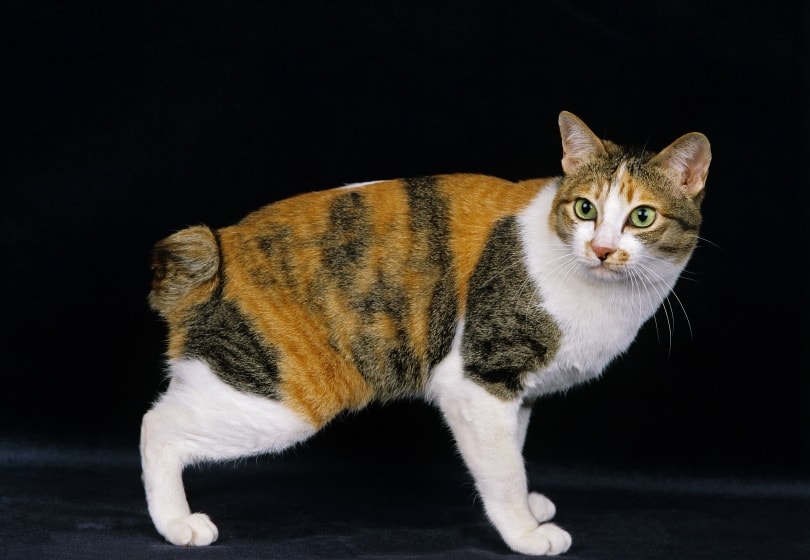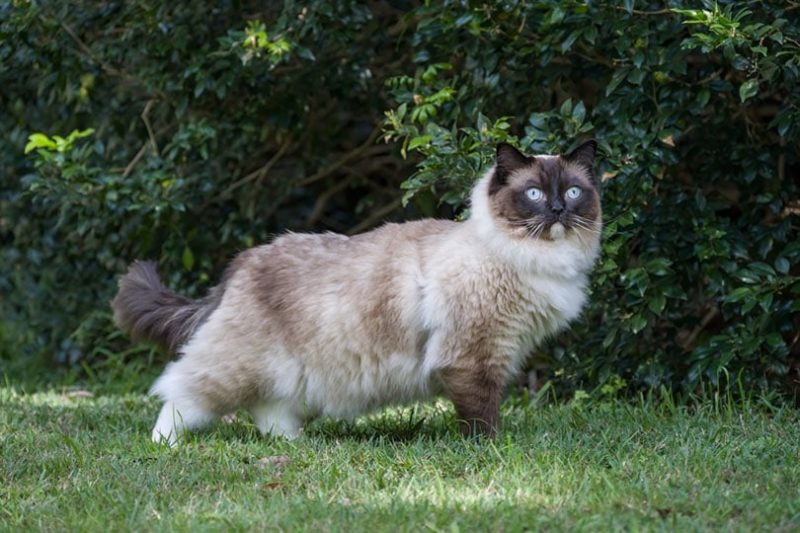Can Cats Be Gay? Behavior, Reasons, & FAQ

Updated on
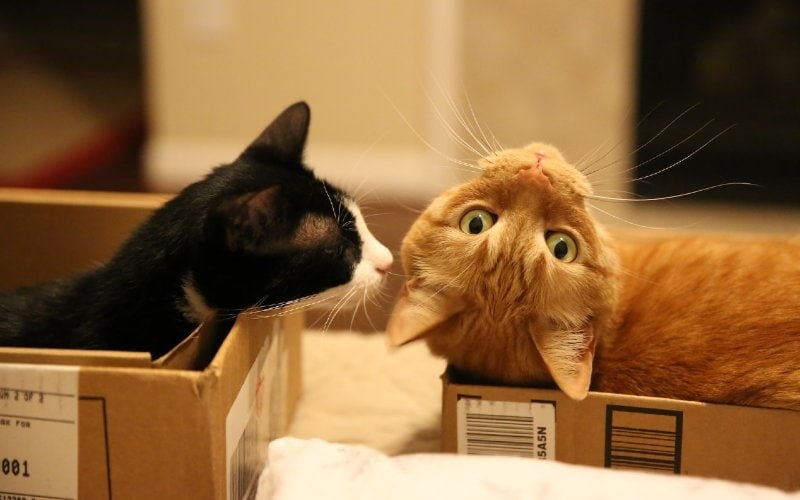
Many of us who love cats love them in part because they have such unique and complex personalities. Feline behavior is intriguing and diverse, prompting questions about various aspects of their lives, including their sexual preference or orientation.
Can cats be gay?
This question cannot be answered definitively and is largely an attempt at anthropomorphism, which is the application of human qualities to other animals. It’s still very interesting to ponder, as sexual expression seems as fluid in cats as it can be in humans.
Could My Cat Be Gay?
While cats do engage in homosexual behavior, we can’t really call them “gay” because we don’t know what their motivations are or what they’re thinking when they engage in that behavior. It is impossible to generate clear-cut data about exactly what cats are thinking when they do, well, anything.
Through scientific research and anecdotal evidence, however, experts have studied and observed the complex nature of feline relationships and can provide insights into same-sex behaviors observed in cats. Read along to build understanding and celebrate the diversity within the feline world.
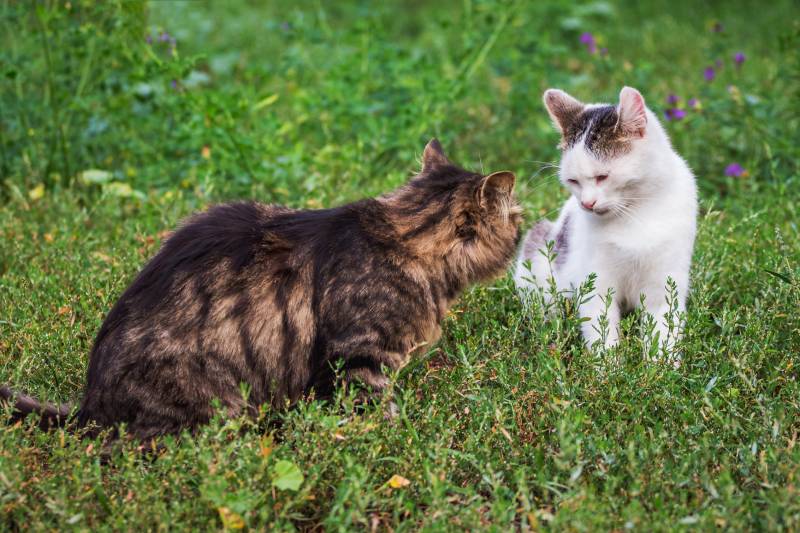
Feline Social Behavior
Cats are known to have complex social structures, often exhibiting solitary or semi-social behaviors. While they are generally considered to be solitary animals, they can form social bonds with other cats and even humans. These social relationships play a crucial role in their overall well-being and can influence their sexual behaviors as well.
Physical contact of various kinds is a way cats show affection for each other, establish and display bonds with each other, and show who ranks where in the social hierarchy. The behaviors and motivations that exist in their social behavior are reflected in their sexual behavior with each other as well.
Feline Sexual Behavior
Feline sexual behavior has a wide range of expression and can be influenced by factors such as genetics, hormones, and social dynamics. Sexual behavior in cats is primarily driven by procreation between members of the opposite sex rather than sexual pleasure, although sexual contact for pleasure or comfort has been observed as well.
Observations of same-sex behaviors in cats have also been documented, highlighting the existence of diverse sexual behaviors within the feline world. It is not unheard of for cats (and other animals) to engage in sexual behavior for reasons that aren’t about reproduction, including showing dominance, releasing stress, or being playful.
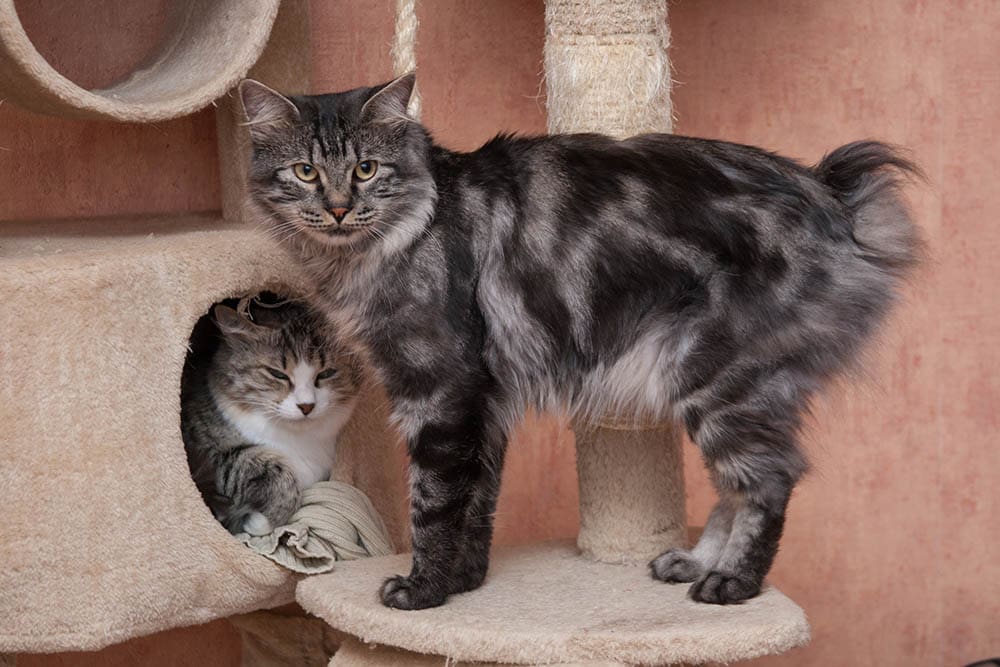
Same-Sex Behaviors in Cats
While same-sex behaviors in the animal world are not the same as being gay the way humans understand the term, male cats have been observed many times engaging in same-sex interactions. These behaviors can take various forms, including mounting and penetration, grooming of the body and genitals, and social bonding behaviors like cuddling or resting together. These behaviors are often seen in both altered and unaltered cats and can occur within the same social and family groups or between unrelated individuals.
Female cats have also been observed engaging in mounting and genital grooming of other female cats but not with the same frequency as male cats.
There are three possible explanations for those behaviors.
- Social Bonding. Same-sex behaviors in cats can be attributed to social bonding. Cats may engage in these behaviors to establish and reinforce social connections, promote a sense of security, and reduce stress within their social group.
- Territorial Dynamics. In some cases, same-sex behaviors may be related to territorial dynamics. Cats may engage in mounting or other dominance-related behaviors to establish hierarchical relationships or establish boundaries within their territory.
- Individual Variations. Like humans, cats are individuals with their own unique personalities. Some cats may simply be more inclined towards forming social bonds with individuals of the same sex, while others may exhibit no preference or show more interest in opposite-sex interactions.
Conclusion
While feline sexuality is a complex and multifaceted subject, cats can exhibit same-sex behaviors. However, it is important to understand that these behaviors should not be equated with human concepts of homosexuality. Cats engage in a diverse range of social behaviors that serve various purposes, including social bonding, establishing territories, and reducing stress.
Because we can’t ever fully understand what a cat is thinking or feeling during same-sex behaviors, it’s tricky to label them with the same labels we use for humans. But by recognizing and appreciating the diversity of feline behaviors, we can develop a deeper understanding of our feline companions and provide them with the love and care they deserve.
Featured Image Credit: Chris Boyer, Unsplash


